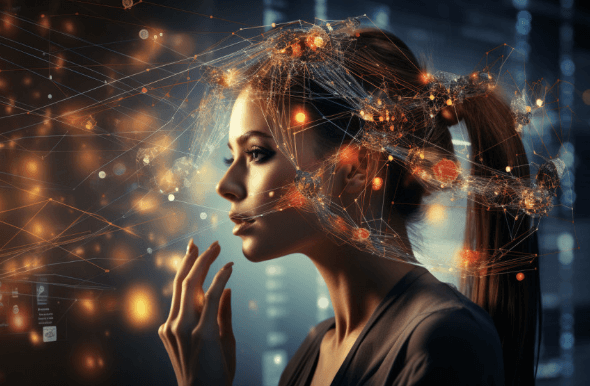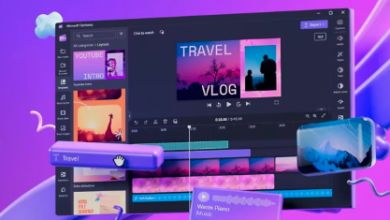As the digital economy continues to evolve, the role of image generators is poised to transform creative industries in significant ways. These advancements not only promise enhanced personalization and efficiency but also raise important questions about the implications of AI-generated content on traditional artistic practices. With the potential to create new business models and redefine audience engagement, understanding the trajectory of this technology invites a closer examination of the challenges and ethical considerations that may arise. What might this mean for the future of creativity and innovation in the digital landscape?
Evolution of Image Generation Technology
As the digital landscape has evolved, so too has the technology behind image generation, reflecting broader shifts in computational capabilities and artistic expression.
Neural networks have emerged as pivotal tools, enabling the synthesis of diverse artistic styles and fostering innovative creativity.
This evolution not only expands the boundaries of visual art but also empowers creators to explore limitless possibilities in their work.
See also: Text to Image in Storytelling: Breathing Life Into Words
Impact on Creative Industries
How has the rise of image generation technology reshaped creative industries? This innovation facilitates unprecedented artistic collaboration, allowing creators to merge their visions seamlessly.
Additionally, content personalization becomes more accessible, enabling tailored experiences that resonate deeply with audiences.
As these technologies evolve, the potential for dynamic creativity expands, empowering artists to explore new realms while maintaining their unique voices in a rapidly changing digital landscape.
Challenges and Ethical Considerations
The integration of image generation technology into creative industries brings not only opportunities but also significant challenges and ethical considerations that demand careful examination.
Key issues include copyright concerns, as creators grapple with ownership rights over AI-generated content.
Additionally, bias mitigation is critical to ensure equitable representation, as algorithms may perpetuate stereotypes, necessitating a proactive approach to foster inclusivity and fairness in digital artistry.
Future Trends and Innovations
While the landscape of image generation technology continues to evolve rapidly, future trends and innovations promise to reshape the creative industries in unprecedented ways.
AI advancements will enhance user personalization, allowing creators to craft tailored visual experiences that resonate deeply with diverse audiences.
This paradigm shift will empower individuals, fostering a more liberated and dynamic creative ecosystem, where imagination knows no bounds.
Conclusion
The future of image generators in the digital economy is poised to transform creative industries, enhancing personalization and efficiency. For instance, a hypothetical fashion brand could utilize AI-driven image generation to create personalized clothing designs based on individual customer preferences, thereby streamlining production and increasing customer engagement. As new business models emerge, the importance of addressing ethical considerations and challenges will be paramount to ensure that innovation aligns with societal values, ultimately fostering a more inclusive and dynamic creative landscape.





